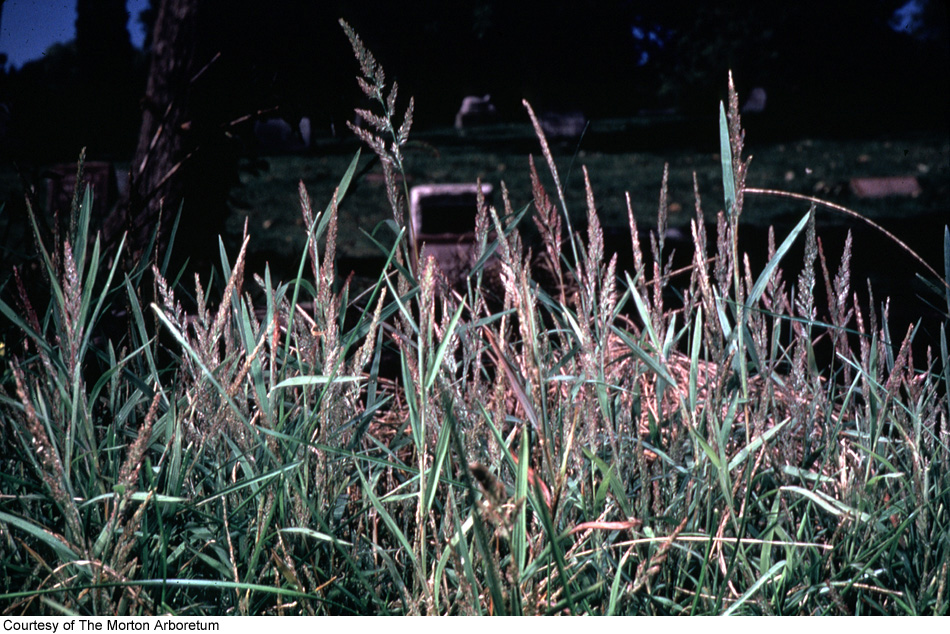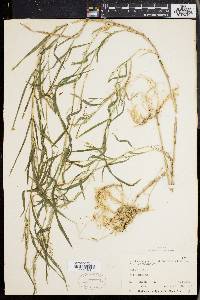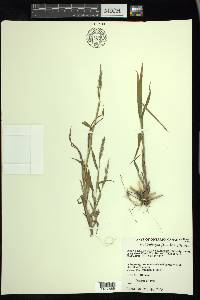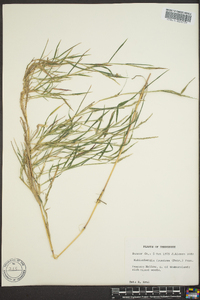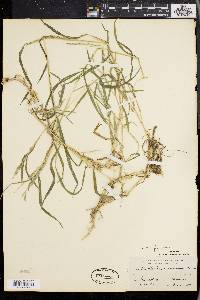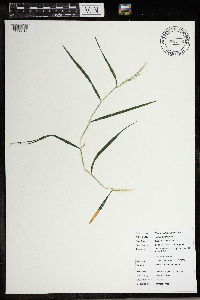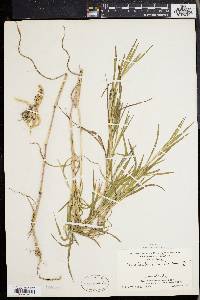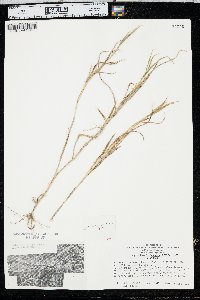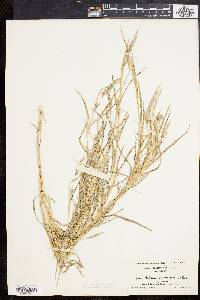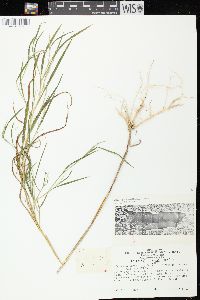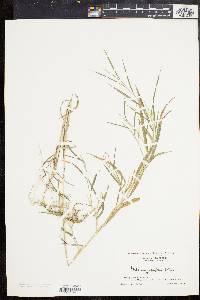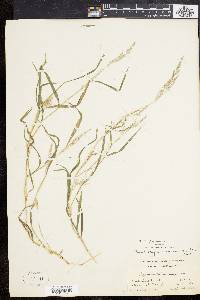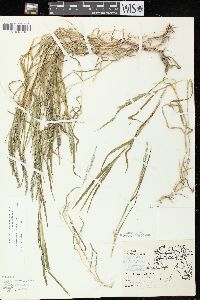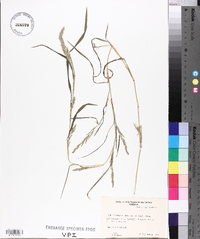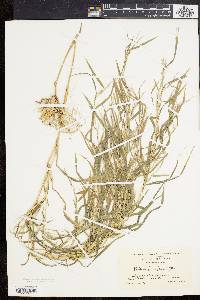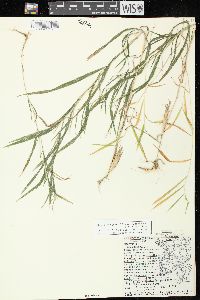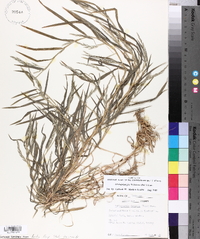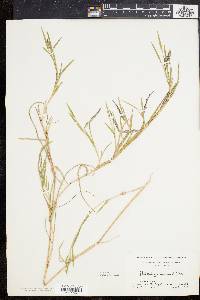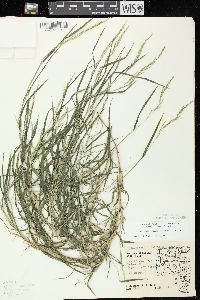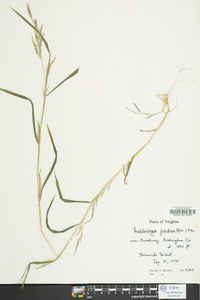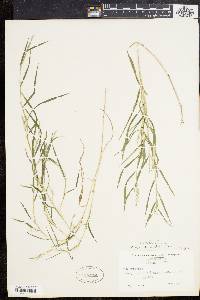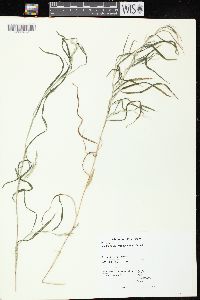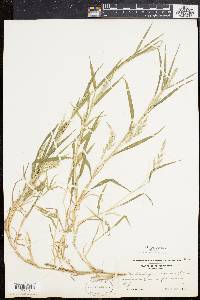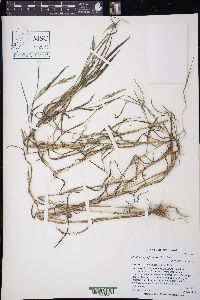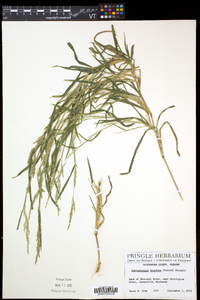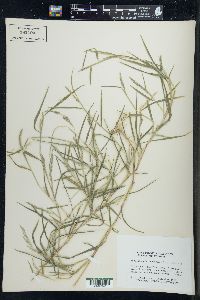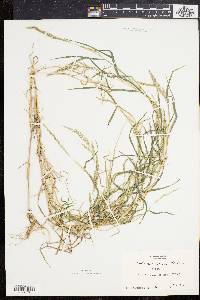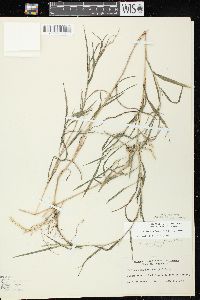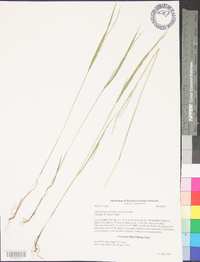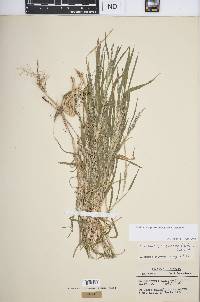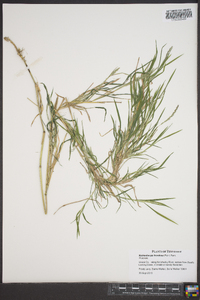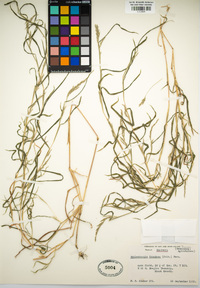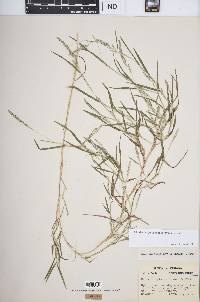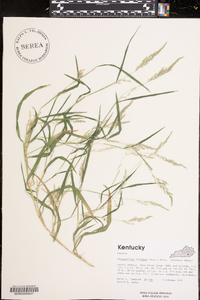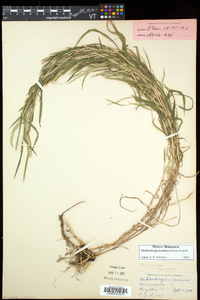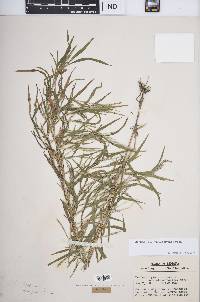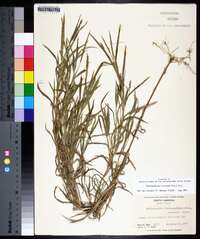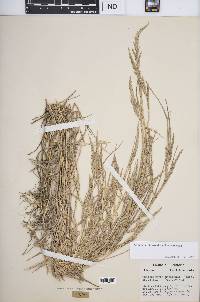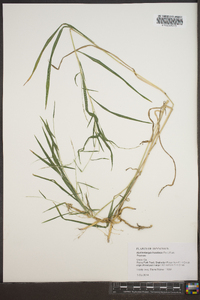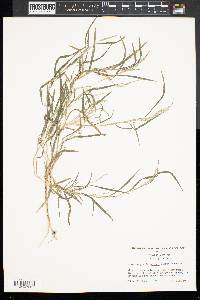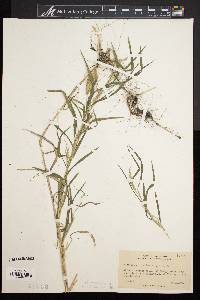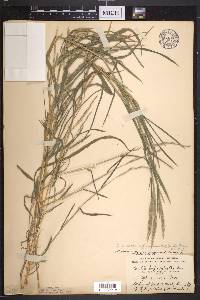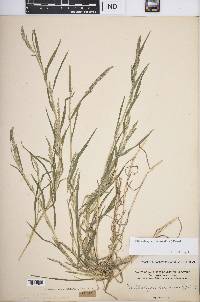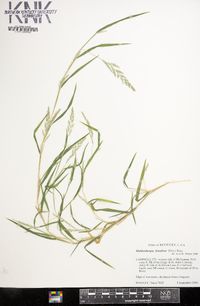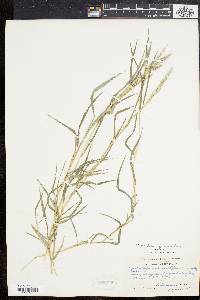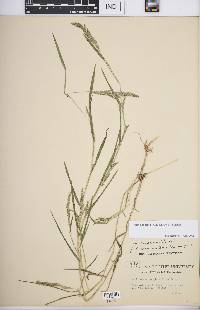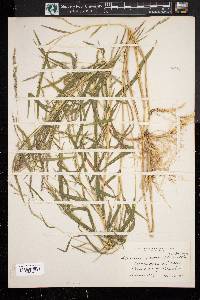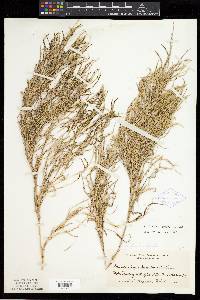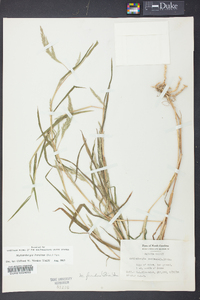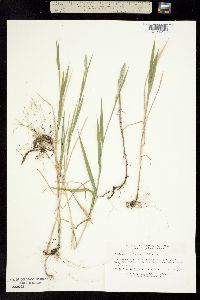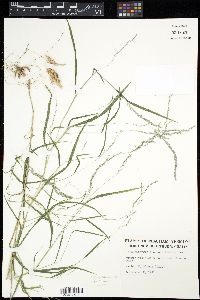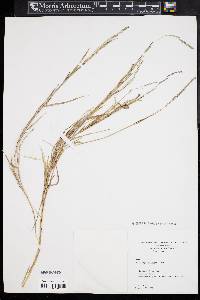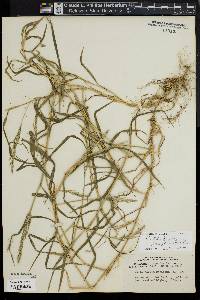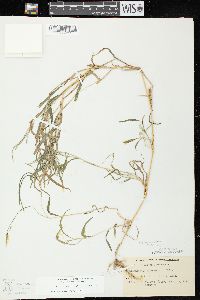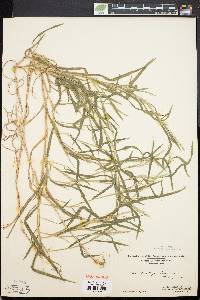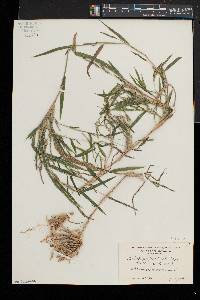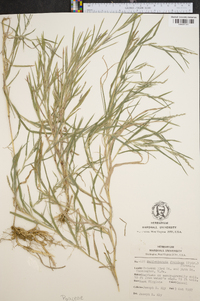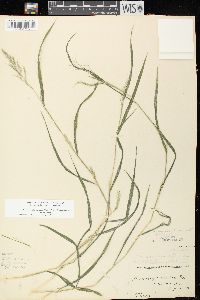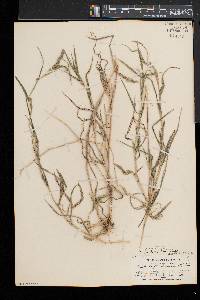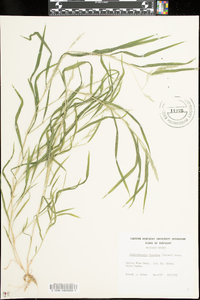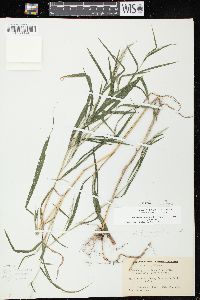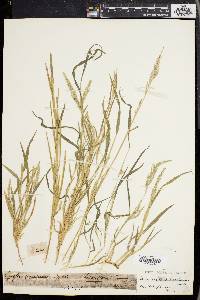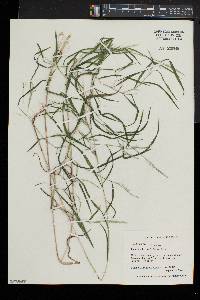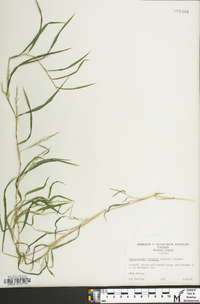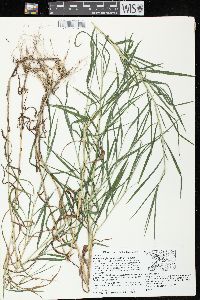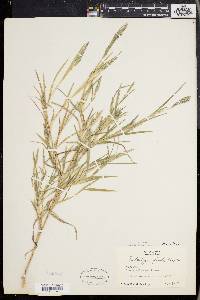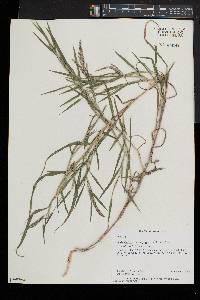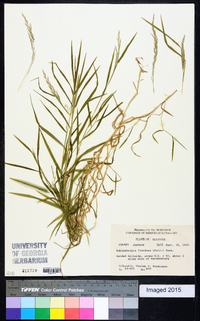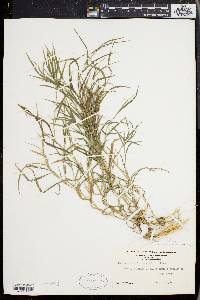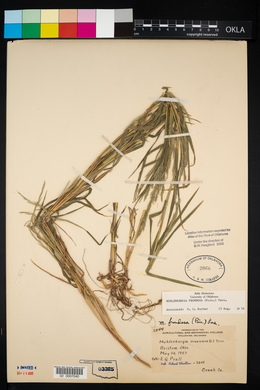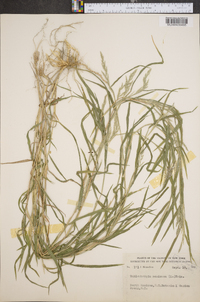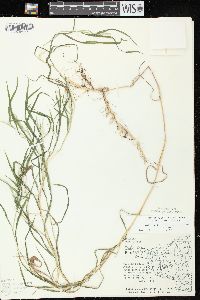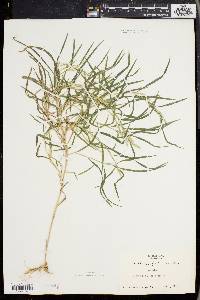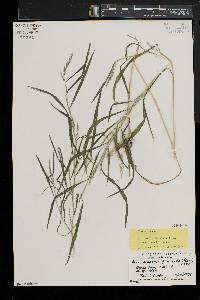
|
|
|
|
Family: Poaceae
Wire-Stem Muhly, more...wirestem muhly (fr: Muhlenbergie Feuillée)
[Agrostis lateriflora Michx., moreCalamagrostis compressa Döll, Cinna lateriflora (Michx.) Kunth, Muhlenbergia brachyphylla f. aristata E.J. Palmer & Steyerm., Muhlenbergia lateriflora Trin. ex Kunth, Vilfa lateriflora (Michx.) P. Beauv.] |
Plants perennial; rhizomatous, not cespitose. Culms 50-110 cm tall, 0.7-1.8 mm thick, ascending, geniculate, or decumbent, bushy and much branched above; internodes smooth and shiny for most of their length, glabrous throughout. Sheaths glabrous, margins hyaline; ligules 0.7-1.7 mm, membranous, truncate, lacerate-ciliolate; blades 4-18 cm long, 2-7 mm wide, flat, glabrous, smooth or scabridulous, those of the lateral branches similar to those of the primary culms. Panicles 2-15 cm long, 0.3-2 cm wide, sometimes dense; axillary panicles common, partly included in the sheaths; primary branches 0.3-4.2 cm, ascending, appressed, occasionally diverging up to 30° from the rachises; pedicels 0.4-5 mm, smooth or scabrous. Spikelets 2.2-4 mm, imbricate along the branches. Glumes subequal, 2-4 mm, 3/4 as long as to longer than the lemmas, 1-veined, unawned or awned, awns to 2 mm; upper glumes acuminate to acute; lemmas 2.2-4 mm, narrowly lanceolate, hairy on the calluses, lower 1/3 of the midveins, and margins, hairs 0.3-0.8 mm, apices scabridulous, acuminate, unawned or awned, awns 0.1-13 mm; paleas 2.3-4 mm, narrowly lanceolate, acuminate; anthers 0.3-0.6 mm, usually yellow, occasionally purplish. Caryopses 1.6-1.9 mm, fusiform, brown. 2n = 40. Muhlenbergia frondosa grows in forest borders, thickets, clearings, alluvial plains, and disturbed sites within deciduous forests, at elevations of 20-1000 m. It grows only in southern Canada and the contiguous United States. The Oregon specimen supposedly documenting the occurrence of this species in Oregon has been revised to M. mexicana, in part because it was puberulent below the nodes. It remains probable that it was introduced to Oregon with cranberry plants. [The map was generated from a database developed by the editors of FNA 25. Peterson did not have the opportunity to review the Oregon specimen of M. frondosa before publication]. Plants with unawned or shortly (less than 4 mm) awned lemmas can be called M. frondosa (Poir.) Fernald forma frondosa, and those with lemma awns 4-13 mm long, M. frondosa forma commutata (Scribn.) Fernald. Perennial rhizome-forming herb 0.5 - 1.25 m tall Leaves: having open, hairless sheaths with transparent margins and ligules that are 0.7 - 1.7 mm long, membranous, flat-topped, and unevenly cut or hairy along the margins. The blades are 4 - 18 cm long, 2 - 7 mm wide, flat, hairless, and smooth or minutely rough. Inflorescence: terminal and axillary, spike-like and branched (panicle), 2 - 15 cm long, 0.3 - 2 cm wide, sometimes dense, with the axillary panicles partly surrounded by the sheaths. The ascending primary branches are 0.3 - 4.2 cm long, appressed, and sometimes diverging to 30 degrees from the main axis. Fruit: a brown, spindle-shaped caryopsis, 1.6 - 1.9 mm long. Culm: 0.5 - 1.1 m long, ascending to decumbent or with abrupt bends at the nodes (geniculate), 0.7 - 1.8 mm wide, highly branched above, with mostly hairless and shiny internodes. Spikelets: 2.2 - 4 mm long, overlapping along the branch, borne on stalk 0.4 - 5 mm long. Glumes: nearly equal, three-quarters as long as to longer than the lemmas (2 - 4 mm), single-veined, sometimes with an awn 0.1 - 13 mm long. Florets: with yellow (sometimes purple) anthers 0.3 - 0.6 mm long. Lemma: three-veined. Palea: 2.3 - 4 mm long, narrow lance-shaped with a pointed tip, two-veined. Similar species: The following species also have shiny, mostly hairless culms. The glumes of Muhlenbergia schreberi are missing or minute, and those of Muhlenbergia x curtisetosa are unequal and sometimes awned. Muhlenbergia sobolifera is identified by its egg-shaped, sometimes awned glumes and erect to ascending culms that rarely branch. Muhlenbergia racemosa has awned, narrow, 3 - 8 mm long glumes that are much longer than the lemmas and end in a minutely rough awn. The narrow, 1.4 - 2 mm long, sometimes awned glumes of Muhlenbergia bushii are shorter than the lemmas, and the ligules are 0.2 - 0.6 mm long. Muhlenbergia glabrifloris has 1.5 - 3.5 mm long, sometimes awned glumes that are shorter than or slightly longer than the lemmas, 0.5 - 1.5 mm long ligules, and 1.2 - 1.4 mm caryposes. Flowering: mid August to late September Habitat and ecology: Common on wooded floodplains and thickets, in second-growth forests, on the edge of cultivated land, along shores of streams, and on disturbed banks and ballast along railroads. Occurence in the Chicago region: native Etymology: Muhlenbergia is named after American botanist, Gotthilf Henry Ernest Muhlenberg (1753-1815). Frondosa means leafy. Author: The Morton Arboretum Vigorously rhizomatous, 5-10 dm, the culms at first simple and erect, later bushy-branched and sprawling; internodes smooth and shining; blades and sheaths glabrous; blades lax, the larger ones 4-12 cm נ2-7 mm; ligule membranous, lacerate-ciliate, 0.8-1.5 mm; panicles terminal and axillary, the latter borne at many nodes and only partly exserted, all narrow, to 10 נ1 cm, the branches erect except during anthesis; terminal peduncle sometimes exsert to 5 cm; glumes 2-4(-5) mm, subequal, narrowly lanceolate to linear, tapering from the base to an acuminate or short-awned tip, usually surpassing the lemma or occasionally a fourth shorter; lemma 2.9-3.6 mm, glabrous except the slightly bearded callus, awnless or with an awn to 11 mm; anthers 0.3-0.6 mm; 2n=40. Forest-margins, thickets, alluvial plains, and moist prairies, sometimes a weed in fields and gardens; N.B. to N.D., s. to Ga. and Tex. (M. mexicana, misapplied; M. commutata, the awned form) Gleason, Henry A. & Cronquist, Arthur J. 1991. Manual of vascular plants of northeastern United States and adjacent Canada. lxxv + 910 pp. ©The New York Botanical Garden. All rights reserved. Used by permission. From Flora of Indiana (1940) by Charles C. Deam This species is frequent to common in all parts of the state except in our northern counties, where it becomes rare to infrequent. It prefers a moist soil but will grow and thrive in almost all kinds of soils. It prefers open, alluvial soil along streams where it often forms exclusive stands. It is an obnoxious weed when it invades cultivated fields because it propagates from underground stems. …… Indiana Coefficient of Conservatism: C = 3 Wetland Indicator Status: FACW |

